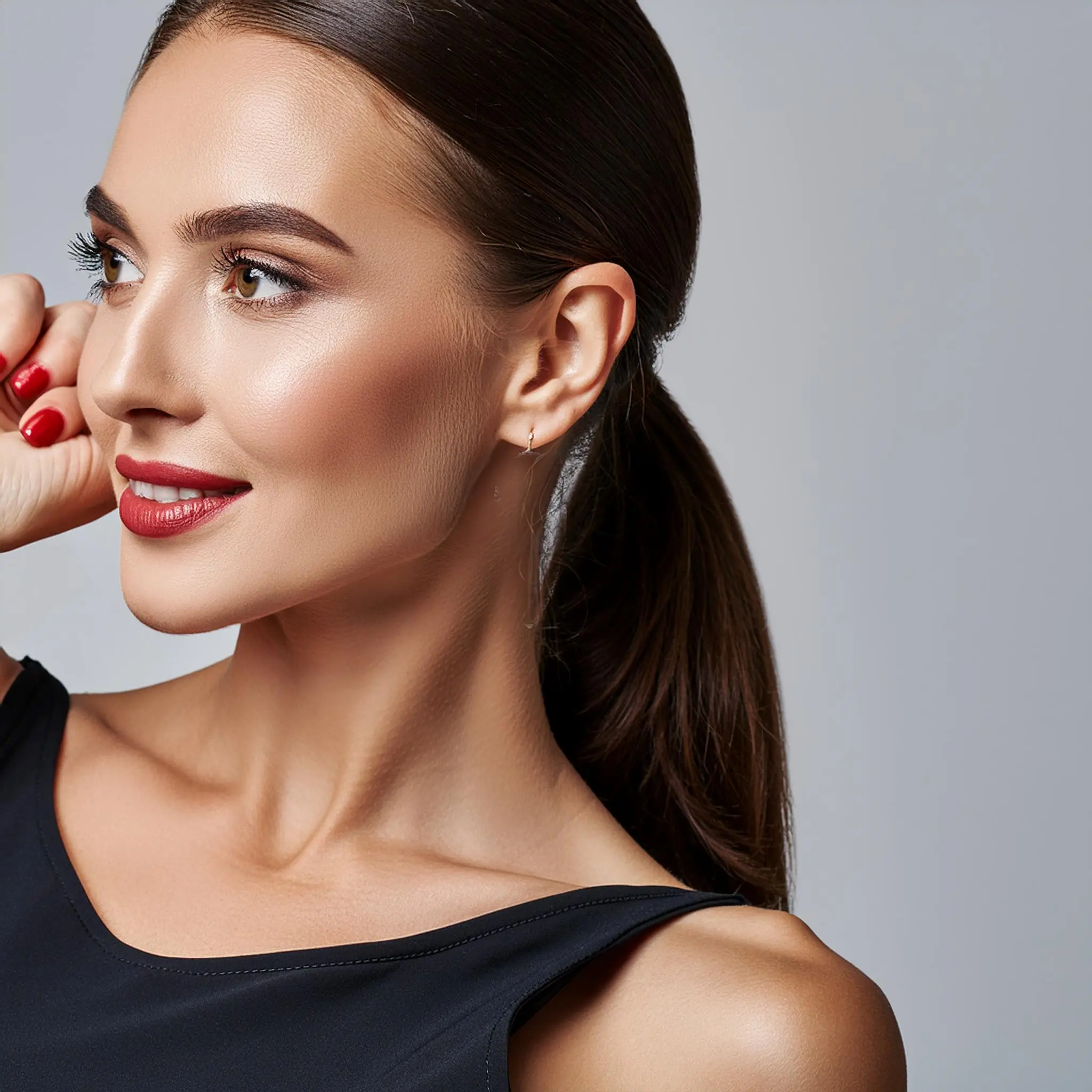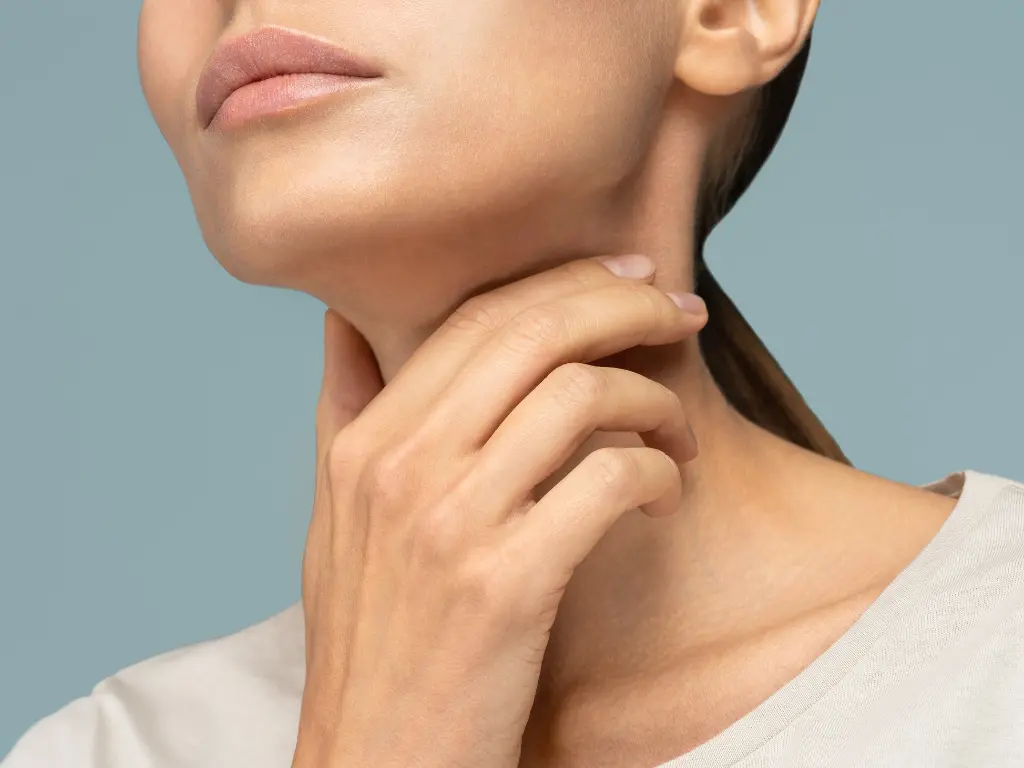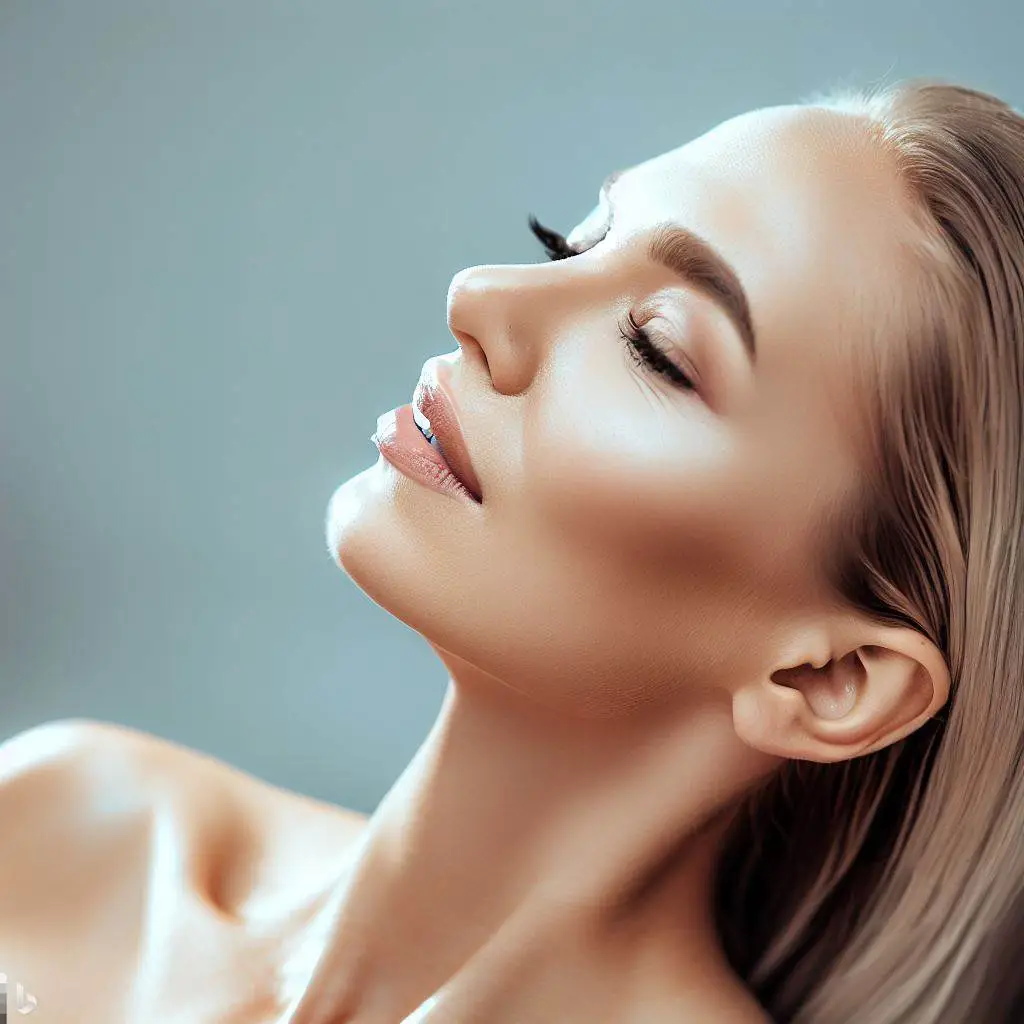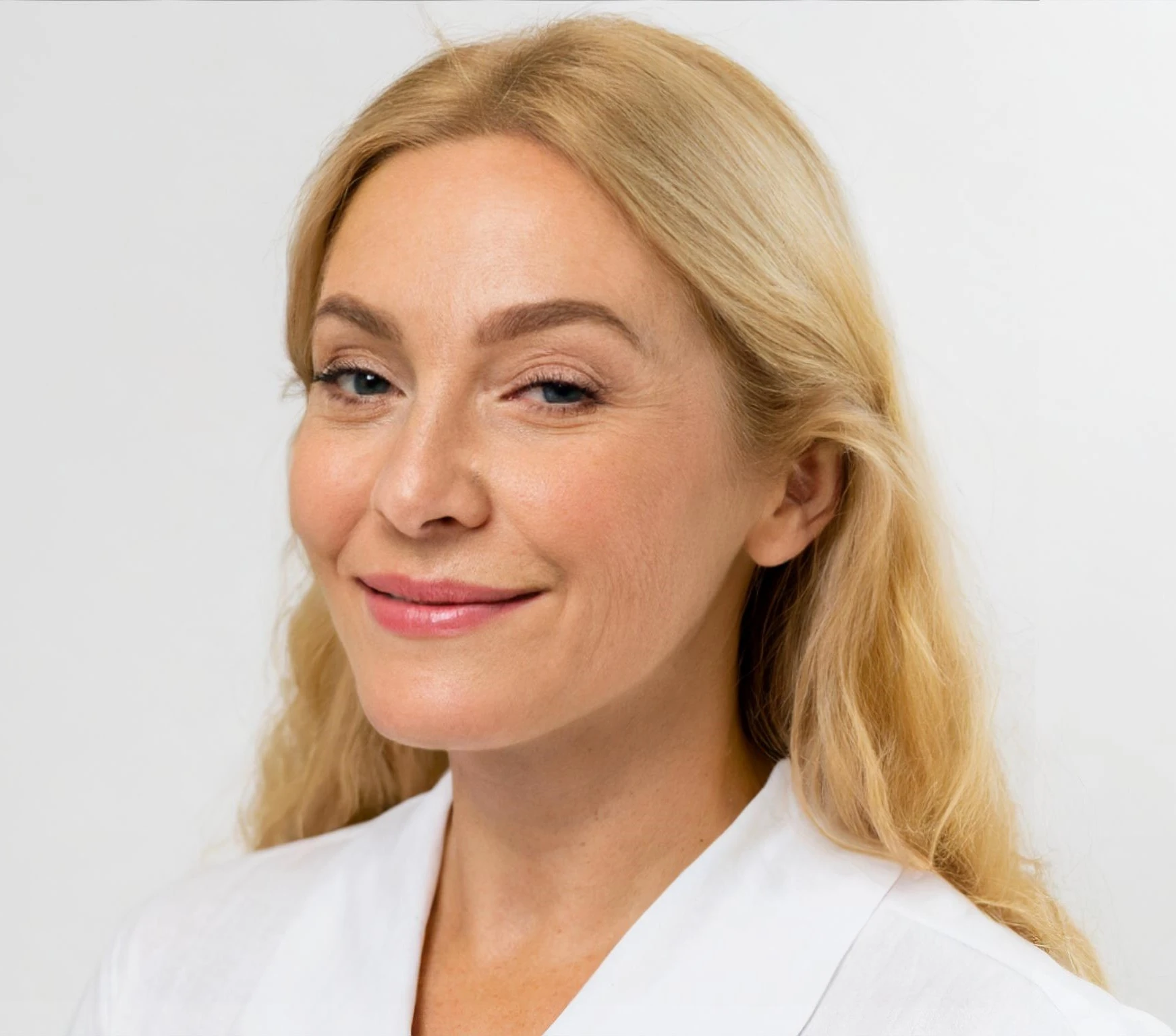
Jawline Contouring
Jawline contouring is a cosmetic procedure designed to enhance the definition and contour of the jawline, providing a more sculpted and aesthetically pleasing appearance. This non-invasive approach often involves the strategic use of dermal fillers, such as those containing hyaluronic acid, to sculpt and shape the jawline.
Individuals seek jawline contouring for various reasons, driven by a desire to improve facial symmetry, address signs of aging, or enhance their overall appearance. The procedure has gained popularity for its ability to achieve noticeable results without the need for surgery, offering a quick and convenient solution to sharpen the jawline.
Understanding Facial Anatomy
The jawline plays a crucial role in facial aesthetics, contributing to the overall balance and harmony of one’s appearance. A well-defined jawline is often associated with youthfulness and can significantly impact how an individual is perceived.
Aging, genetics, and lifestyle factors can influence the appearance of the jawline. As individuals age, skin elasticity decreases, and sagging may occur. Genetics contribute to the natural structure of the jawline, while lifestyle factors such as weight fluctuations and sun exposure can further impact its contours.
Benefits of Jawline Contouring
Jawline contouring offers a range of aesthetic benefits, including improved definition, anti-aging effects, and enhanced facial harmony. The procedure is effective in addressing specific concerns such as sagging skin and volume loss along the jawline.
Individuals with concerns about the appearance of their jawline, whether due to aging or genetics, find jawline contouring to be a tailored solution. The procedure provides a customizable approach to achieve the desired level of enhancement.
At FCP Dermatology we offer a wide range of surgical and cosmetic Dermatology services, in a 5-star luxury setting.
Related Aging and Skin Concerns
Jawline Contouring Treatments
- +1 (416) 861-8600
- Contact via Email
Dermal Fillers
Botox
Jawline Contouring
Jawline contouring techniques vary, with a popular non-surgical approach involving the use of dermal fillers such as Juvederm, Restylane, and Sculptra, each chosen for specific properties suited to the procedure. The ideal filler for jawline contouring balances viscosity and malleability, facilitating effective sculpting. Hyaluronic acid fillers are favored for their natural compatibility with the body, offering a versatile enhancement that harmonizes seamlessly with other cosmetic procedures. Combining jawline contouring with additional treatments, such as incorporating dermal fillers in various facial areas or opting for Botox to target dynamic wrinkles, yields a synergistic effect. This holistic approach, guided by a qualified dermatologist, allows patients to consider complementary treatments like Cheek Augmentation, Nasolabial Fold Fillers, or Botox for Forehead Lines, contributing to achieving a well-balanced and natural-looking result across the entire face. To learn more about our dermal filler treatment, visit Dermal Filler Treatment.

Process, Recovery and Downtime
The Treatment Process
A typical jawline contouring session comprises a series of carefully placed injections along the jawline, aiming to enhance its definition and structure. During this process, a qualified dermatologist assesses the patient’s facial anatomy and discusses their desired outcomes. Based on this evaluation, the dermatologist determines the optimal injection types, such as dermal fillers like Juvederm, Restylane, and Sculptra. These strategically placed injections help achieve a harmonious and sculpted jawline, tailored to the individual’s unique facial features. This personalized approach ensures that the results not only meet the patient’s expectations but also enhance their overall facial aesthetics.
Jawline contouring offers the advantage of minimal downtime, making it a convenient cosmetic procedure for many individuals. Although some temporary redness or swelling may occur post-treatment, these side effects are typically short-lived. When comparing treatments using Juvederm, Restylane, and Sculptra, each may have varying recovery periods, and your dermatologist will guide you on what to expect. Patients can enhance their recovery experience by following post-procedural care instructions provided by the dermatologist. Patients can swiftly return to their regular activities, enjoying the benefits of a refined and sculpted jawline.
Treatment Results
Recovery and Results
Patients undergoing jawline contouring can anticipate immediate results, and these effects tend to become more pronounced as any initial swelling diminishes. The outcomes of different treatments like Juvederm, Restylane, and Sculptra may vary, offering patients options to suit their preferences. While the longevity of results typically spans from 9 months to 1 year, various factors contribute to this timeframe. The type of filler employed, individual metabolism, and adherence to post-procedural care all play crucial roles in influencing how long the jawline contouring effects last. Consulting with a qualified dermatologist will provide personalized insights into the most suitable treatment for achieving the desired and enduring jawline enhancement.


Reversing Effects
Reversibility and Adjustability
Hyaluronic acid-based fillers used in jawline contouring are reversible. In the event of dissatisfaction or complications, the filler can be dissolved using hyaluronidase, offering a level of adjustability. It is not an exact science however, hyaluronidase can dissolve your normal tissue as well. The goal should be that you go to an experienced physician injector to achieve a perfect result that does not need dissolving.
Age Spots FAQ
Frequently Asked Questions about Age Spots
Liver spots, also known as age spots or solar lentigines, are flat, brown spots that develop on the skin due to prolonged sun exposure and aging. They commonly appear on areas frequently exposed to the sun, such as the face, hands, and arms.
How to remove brown spots on face?
Liver spots, also known as age spots or solar lentigines, are caused by prolonged sun exposure and aging, which lead to an increase in melanin production and the development of dark spots on the skin.
Freckles are small, concentrated spots of pigment that develop as a result of genetics and sun exposure. They are triggered by an increase in melanin production
How to get rid of age spots: Age spots, also known as liver spots or solar lentigines, can be treated with options such as topical bleaching creams, cryotherapy, laser therapy, chemical peels, and microdermabrasion.
How to get rid of dark areas on face: Dark spots on the face can be treated with various methods, including topical creams containing ingredients like hydroquinone or retinoids, chemical peels, laser therapy, and microdermabrasion.
How to get rid of brown spots on face: Brown spots on the face can be treated with options such as topical bleaching creams, chemical peels, laser therapy, and microdermabrasion, which can help reduce the appearance of hyperpigmentation.
Natural remedies for age spots include applying lemon juice, apple cider vinegar, aloe vera, or vitamin E oil to the affected areas. However, effectiveness can vary, and it's essential to consult a dermatologist for proper guidance.
Despite their name, liver spots have no connection to liver health. They are simply a common sign of sun-induced skin damage and aging.
Yes, age spots and sun spots are essentially the same thing. They are both terms used to describe flat, brown or grayish patches that appear on the skin, particularly in areas exposed to the sun, such as the face, hands, arms, and shoulders. These spots develop due to an accumulation of melanin, the pigment responsible for skin color, as a response to UV exposure over time. While some people may use the terms "age spots" and "sun spots" interchangeably, they refer to the same phenomenon of hyperpigmentation caused by sun damage and aging.
Cancerous sun spots, or potentially cancerous lesions, may exhibit certain characteristics that differ from benign sun spots. These characteristics, often referred to as the ABCDEs of melanoma, include:
A: Asymmetry - One half of the spot does not match the other half.
B: Border irregularity - The edges of the spot are irregular, notched, or blurred.
C: Color variation - The spot may have various shades of brown, black, or other colors, or it may appear red, white, or blue.
D: Diameter - The spot is larger than the size of a pencil eraser (about 6mm) or is growing in size.
E: Evolution - The spot changes over time in size, shape, color, or elevation, or it becomes symptomatic, such as itching or bleeding.
It's important to note that not all cancerous spots will exhibit all of these characteristics, and some benign spots may display similar features. If you notice any changes in your skin, including the appearance of new or changing spots, it's crucial to consult a dermatologist for evaluation and proper diagnosis.
Preventing age spots primarily involves minimizing exposure to ultraviolet (UV) radiation from the sun and adopting healthy skincare habits.
Age spots typically do not grow or change significantly in size over time. Once they have formed on the skin, they tend to remain stable in size and appearance, although they may darken or become more pronounced with continued sun exposure or as a result of aging. While age spots themselves do not grow, it's essential to monitor any changes in the size, shape, color, or texture of skin lesions, as these changes could indicate more serious skin conditions, such as melanoma. If you notice any unusual changes in your skin, it's important to consult a dermatologist for evaluation and appropriate management.
Sun spots typically do not go away on their own. Once they have formed on the skin, they tend to persist unless treated. However, with appropriate treatment and preventive measures, the appearance of sun spots can be minimized or faded over time. Treatment options for sun spots include topical bleaching agents, chemical peels, laser therapy, cryotherapy, and microdermabrasion. It's important to consult a dermatologist to determine the most suitable treatment approach based on the severity of the sun spots and individual skin characteristics. Additionally, practicing sun-safe habits such as wearing sunscreen, seeking shade, and wearing protective clothing can help prevent the formation of new sun spots and reduce the risk of existing ones worsening.
The frequency of professional treatments for age spots depends on the specific treatment method used and the individual's skin response. Some treatments may require multiple sessions spaced several weeks apart for optimal results.
While diet and nutrition play a role in overall skin health, there is limited evidence to suggest that specific dietary factors directly impact the appearance of age spots. However, maintaining a balanced diet rich in antioxidants, vitamins, and hydration can support skin health and may contribute to a more radiant complexion.
Common misconceptions about age spots include beliefs that they can be completely prevented, that natural remedies are always effective, or that all age spots are harmless. It's essential to seek accurate information from reliable sources and consult with a dermatologist for personalized advice and treatment options.
Jawline Contouring FAQ
Frequently Asked Questions about Jawline Contouring
Jawline contouring is a cosmetic procedure that aims to enhance the definition and contour of the jawline, often using dermal fillers or other non-surgical methods.
The procedure typically involves the strategic injection of dermal fillers along the jawline to add volume, sculpt, and shape the area for a more defined appearance.
Ideal candidates are individuals looking to improve the definition of their jawline, address sagging skin, or achieve a more balanced facial profile.
No, jawline contouring is a non-surgical procedure. It often involves the use of injectable dermal fillers rather than surgical methods.
Benefits include improved definition, anti-aging effects, enhanced facial harmony, and the ability to address specific concerns such as sagging skin or volume loss.
The procedure is relatively quick and can typically be completed in 30 minutes to an hour, depending on the extent of the treatment.
Discomfort is usually minimal. Many dermal fillers contain a local anesthetic to enhance patient comfort, and any post-procedural discomfort is typically short-lived.
Results are often visible immediately, with the full effects becoming more apparent as any initial swelling subsides.
The longevity of results varies but often lasts between 6 months to 2 years, depending on factors such as the type of filler used and individual metabolism.
Yes, hyaluronic acid-based fillers used in jawline contouring are reversible. If needed, the filler can be dissolved using hyaluronidase.
Common side effects may include temporary redness, swelling, or bruising at the injection site. Serious complications are rare when performed by a qualified physician.
Yes, jawline contouring can be combined with other treatments such as dermal fillers in different facial areas, Botox, or non-surgical facelifts for more comprehensive results.
Jawline contouring is not age-restricted. Both younger individuals seeking preventive measures and older individuals addressing signs of aging can benefit.
Research qualifications -at least an MD, read reviews, and schedule consultations to assess the physicians expertise, approach, and communication style.
